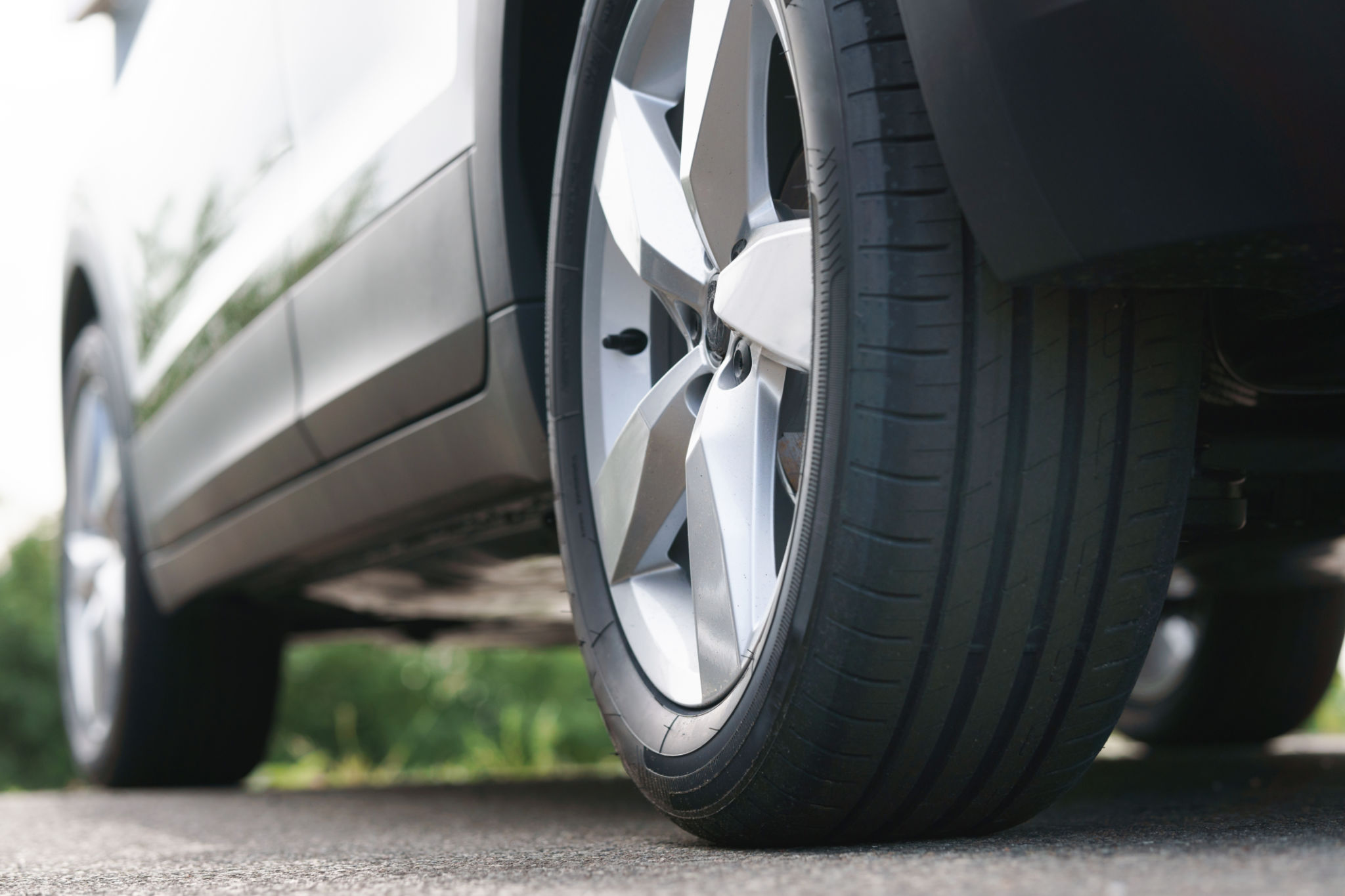The Ultimate Guide to Choosing the Right Wheels and Tires for Your Vehicle
Understanding Your Vehicle’s Needs
Choosing the right wheels and tires for your vehicle is more than a cosmetic upgrade; it’s crucial for your vehicle’s performance and safety. The first step in this journey is to understand your vehicle’s specific needs. Consider factors such as the type of vehicle you drive, your typical driving conditions, and your driving style. For instance, a sports car will have different requirements compared to an SUV or a truck.

The Basics of Wheels
When selecting wheels, you need to consider the size, material, and design. The wheel’s diameter and width are key factors that can affect the handling and ride quality of your vehicle. Larger wheels might look appealing but can sometimes compromise comfort. Materials like aluminum alloy are popular due to their balance of strength and light weight, enhancing both performance and fuel efficiency.
Design is another aspect where personal taste comes into play. Whether you prefer a classic five-spoke design or a more intricate pattern, make sure it complements your vehicle's aesthetics without compromising functionality.
Choosing the Right Tires
Tires are where the rubber meets the road—literally. They play a critical role in traction, handling, and overall safety. Start by considering the type of tire that best suits your driving needs. Options include all-season tires, performance tires, and winter tires, each designed for specific conditions.
When selecting tires, pay attention to their size, tread pattern, and load rating. The correct size ensures optimal performance and safety, while the tread pattern affects grip and noise levels. Proper load rating is essential for carrying the weight of your vehicle safely.

Balancing Aesthetics and Functionality
While aesthetics are important, ensuring the wheels and tires you choose are functional for their intended purpose is crucial. A set that looks great but doesn't perform well under your typical driving conditions can lead to problems down the road. Aim for a balance by selecting options that enhance both the appearance and performance of your vehicle.
Maintenance Considerations
Once you've chosen the perfect wheels and tires, proper maintenance is key to extending their lifespan and ensuring optimal performance. Regularly check tire pressure, rotate tires according to your vehicle’s maintenance schedule, and keep an eye on tread wear. This not only enhances performance but also improves fuel efficiency and safety.

Consulting with Professionals
If you're unsure about making these decisions on your own, consulting with a professional can provide valuable insights. They can help you understand technical specifications and recommend options based on your vehicle type and driving habits. A professional assessment can also help identify potential issues before they arise.
Budgeting for Your Purchase
Finally, consider your budget when selecting wheels and tires. High-quality options can be an investment but often provide better performance and longevity. Compare different brands and models to find a choice that fits both your budget and your vehicle’s needs. Remember that cutting costs initially might lead to higher expenses in terms of maintenance or replacements later on.
In conclusion, choosing the right wheels and tires involves a careful consideration of your vehicle's needs, aesthetic preferences, and budget constraints. By keeping these factors in mind, you can make an informed decision that enhances both the look and performance of your vehicle.